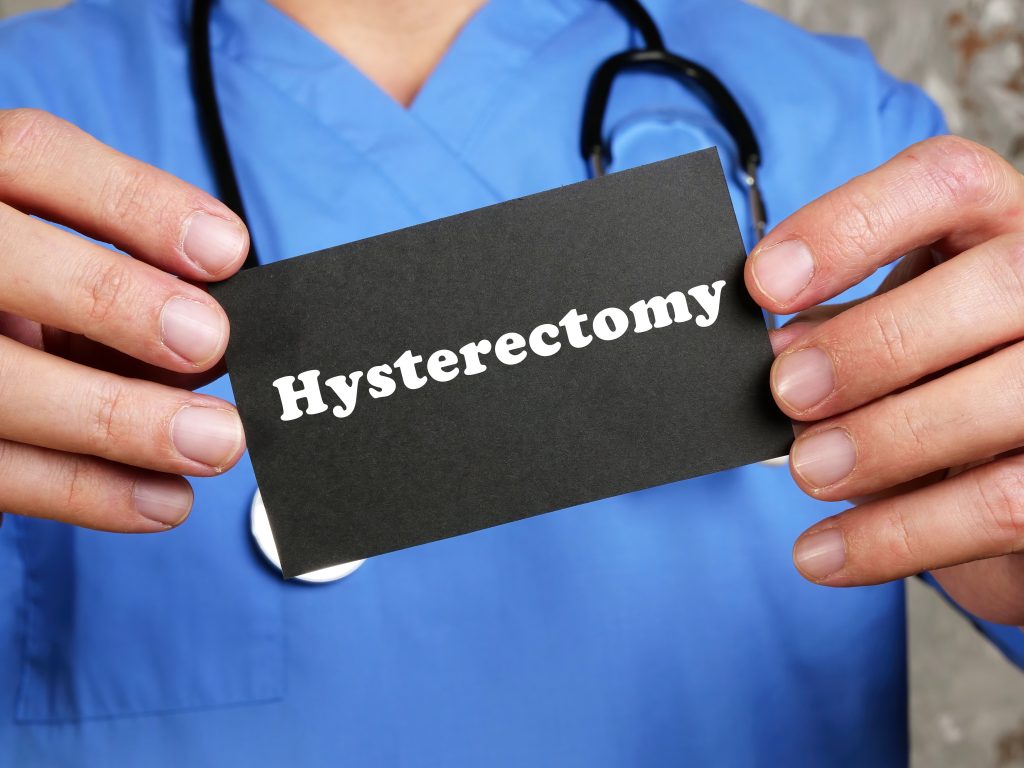How Safe Is a Hysterectomy with da Vinci?
Posted By:
Dr. Michael Coyle, DO FACOOG, FPMRS

In most cases, minimally invasive hysterectomies are preferable and can offer numerous advantages over traditional hysterectomy methods. Effective results can be achieved, and the procedure has the benefit of less time being required in the operating room and a shorter recovery time. Our da Vinci robot can reach areas of the female pelvic region that are not easily accessible to the human hand and eye without an open incision. Learning more about the safety benefits of da Vinci will provide reassurance that choosing this hysterectomy modality at Coyle Institute is a wise choice.
Benefits of Robotic Assisted Hysterectomy vs. Traditional Surgery
For most patients, a da Vinci hysterectomy can offer numerous potential benefits over traditional approaches to vaginal, laparoscopic or open abdominal hysterectomy, particularly when performing more challenging procedures like radical hysterectomy for gynecologic cancer. Potential benefits include:
- Significantly less pain
- Less blood loss
- Fewer complications
- Less scarring
- A shorter hospital stay
- A faster return to normal daily activities
Safety of da Vinci Robotic Hysterectomy
After determining that a hysterectomy is necessary, Dr. Coyle will help you identify which surgery option is best for your unique situation. Additionally, they will explain the safety implications of each surgical approach. Many patients ask if da Vinci-assisted robotic surgery is a safe option for hysterectomy. The answer is yes—it is extremely safe. The da Vinci robot has several advantages that make it a safe and preferred method for hysterectomy, including:
- Minimal scarring/scar tissue
- May be done as an outpatient procedure with no hospital stay
- Less blood loss
- Reduced risk of complications
- Makes accessing organs less difficult
- Shorter recovery time
- Less post-surgical pain/diminished need for narcotic use
Know your options and live the life you want.
Schedule an Appointment TodayHow a da Vinci Hysterectomy Works
During a da Vinci hysterectomy, you will lie on your back in a position similar to that of a routine Pap test. You might have a urinary catheter inserted to empty your bladder. Dr. Coyle will clean the surgical area with a sterile solution before surgery. After you receive anesthesia, Dr. Coyle will make five small incisions in your abdomen and insert slender surgical instruments through them. He will then use control devices to direct the surgical instruments that remove your uterus. An assistant at the operating table repositions instruments, adds or removes surgical devices and provides other support to Dr. Coyle as needed. Members of the anesthesia team will be continually monitoring your condition and comfort throughout the procedure.
What to Expect After a da Vinci Hysterectomy
You will return home on the same day as your da Vinci hysterectomy and will be prescribed medication for pain. Your health care team will encourage you to get up and move as soon as you are able. You should expect some vaginal bleeding for a few days to weeks after your da Vinci hysterectomy. Physically, your recovery will be shorter and less painful than it would be after an abdominal hysterectomy. A full recovery from a da Vinci hysterectomy may take three to four weeks. It is important to avoid lifting anything more than 20 pounds and having vaginal intercourse for six weeks after surgery. If your pain worsens or you develop nausea, vomiting or bleeding that is heavier than a menstrual period, you should contact Dr. Coyle.
Risks Posed by da Vinci Hysterectomy
Although robotic hysterectomy with da Vinci is generally safe, any surgery poses risks. Risks of robotic hysterectomy include:
- Heavy bleeding
- Blood clots in the legs or lungs
- Infection
- Damage to the bladder or other nearby organs
- Adverse reaction to anesthesia
If you are looking for an alternative to a traditional hysterectomy, schedule an appointment at Coyle Institute to learn more about da Vinci. Call us today at 850-637-8258.

